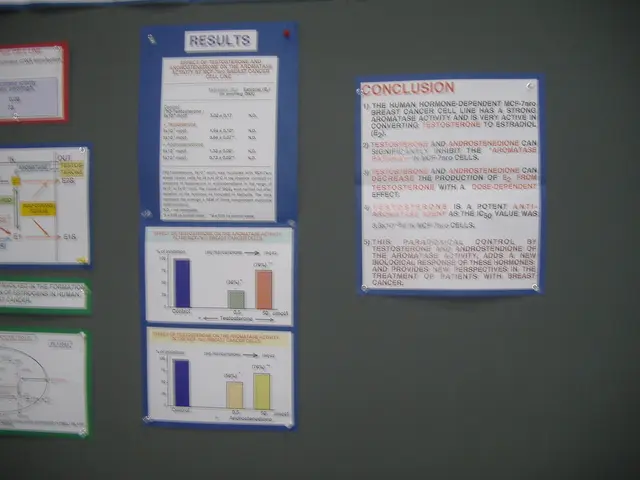FDA Unveils New CSA Approach for Life Sciences Software
The U.S. Food and Drug Administration (FDA) has unveiled a significant shift in its approach to ensuring the reliability and safety of software used in life sciences. The new guidance on Computer Software Assurance (CSA), released on September 24, 2025, marks a departure from traditional methods, emphasizing a risk-based, value-driven approach.
Dubbed CSA, this mindset shift was first introduced as a draft on September 13, 2022, by Ashley Grey, Kelliann Payne, and Jodi Scott, the authors of the FDA document 'Computer Software Assurance for Production and Quality System Software'. The final guidance, released three years later, applies to a wide range of systems, including Manufacturing Execution Systems (MES), Laboratory Information Management Systems (LIMS), Quality Management Systems (QMS), cloud-based platforms, automation, and data integrity controls.
CSA encourages critical thinking and leverages modern testing practices to streamline validation. It focuses on the intended use, risk to patient safety, and product quality, rather than exhaustive documentation. This approach empowers teams to focus on value-added activities, reduce validation fatigue, and accelerate digital transformation in life sciences. It enables risk-based decision making, less documentation, exploratory testing, faster updates, and alignment with modern software development practices.
The FDA's new CSA guidance, released after extensive consideration and input, is set to reshape the life sciences industry's approach to software assurance. By embracing a risk-based, value-driven methodology, it aims to enhance patient safety and product quality while promoting digital innovation.
Read also:
- Trump announces Chinese leader's confirmation of TikTok agreement
- Enhancing the framework or setup for efficient operation and growth
- Hydroelectric Power Generation Industry Forecasted to Expand to USD 413.3 Billion by 2034, Projected Growth Rate of 5.8% Compound Annual Growth Rate (CAGR)
- SpaceX & T-Mobile Activate Starlink for Hurricane Helene Connectivity








